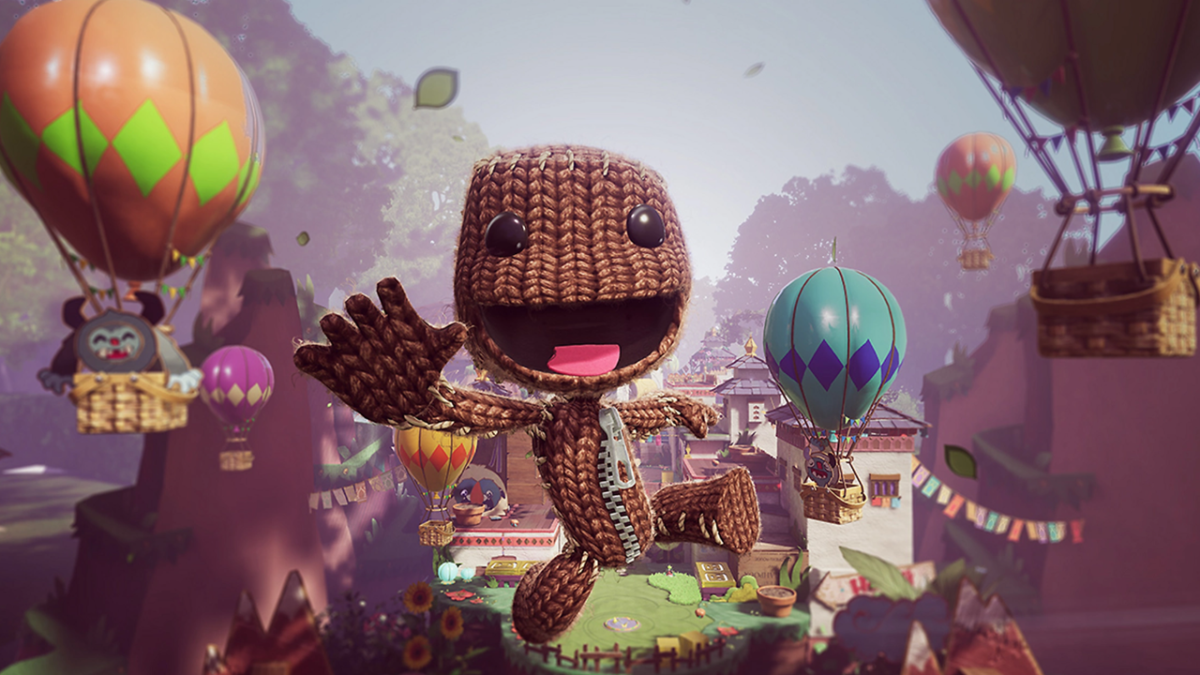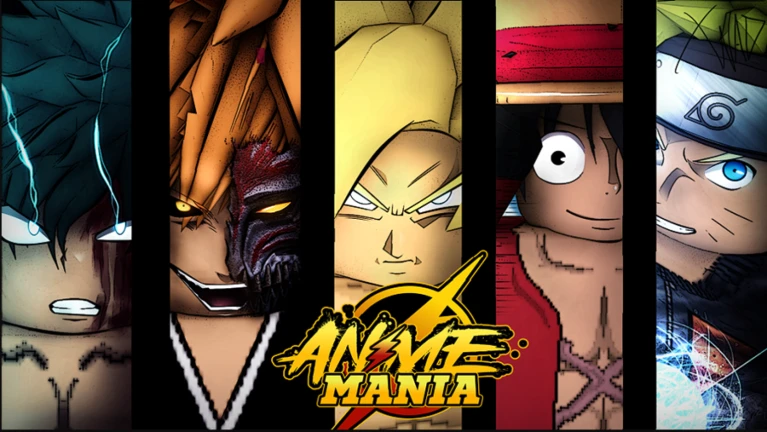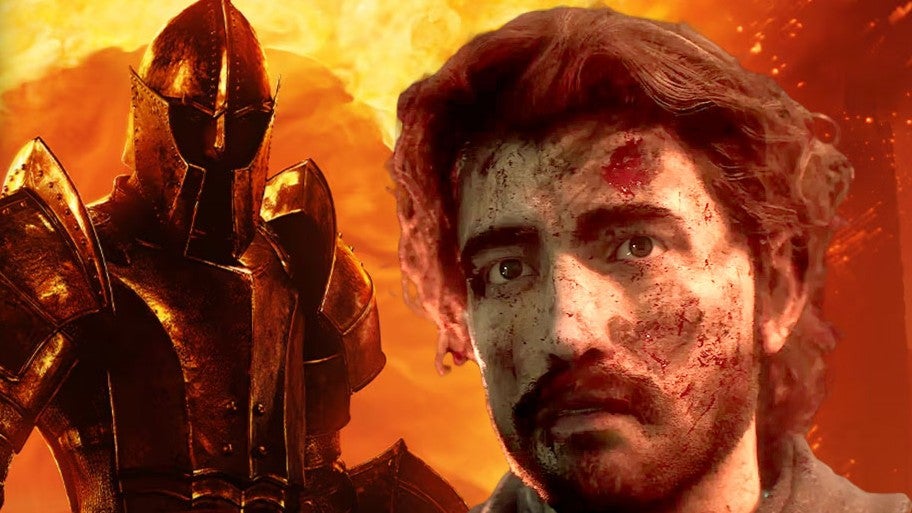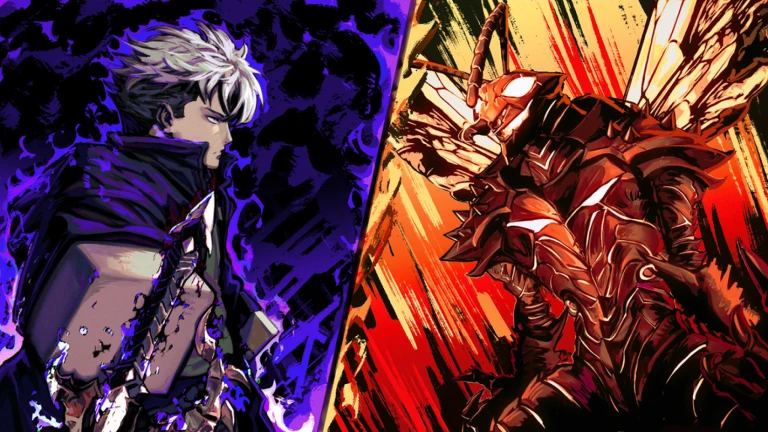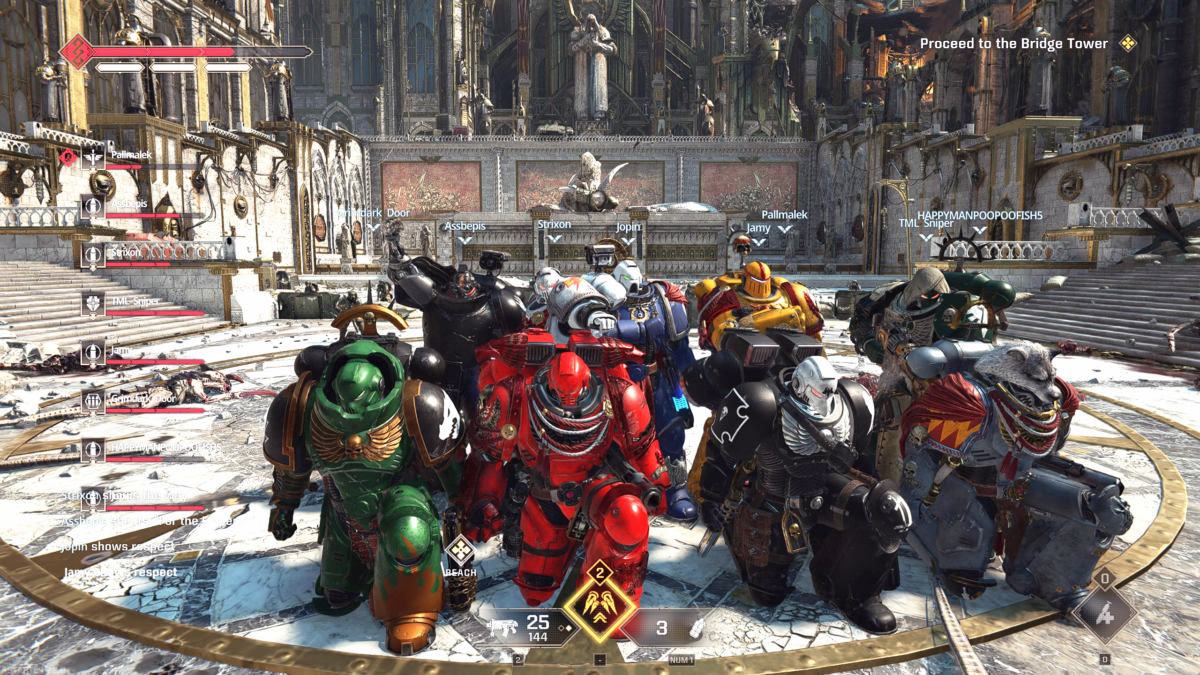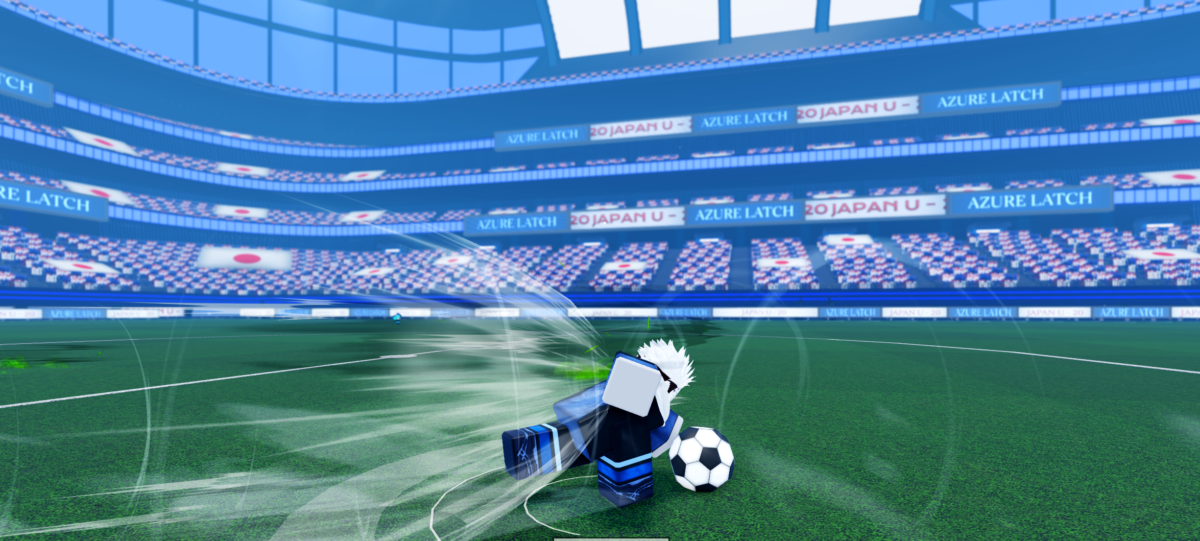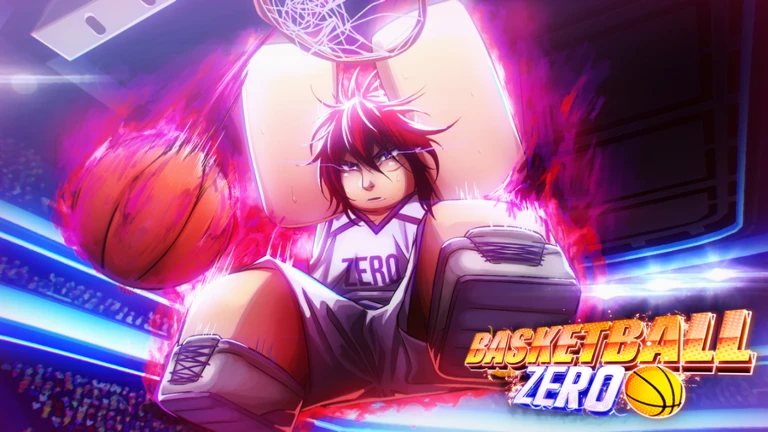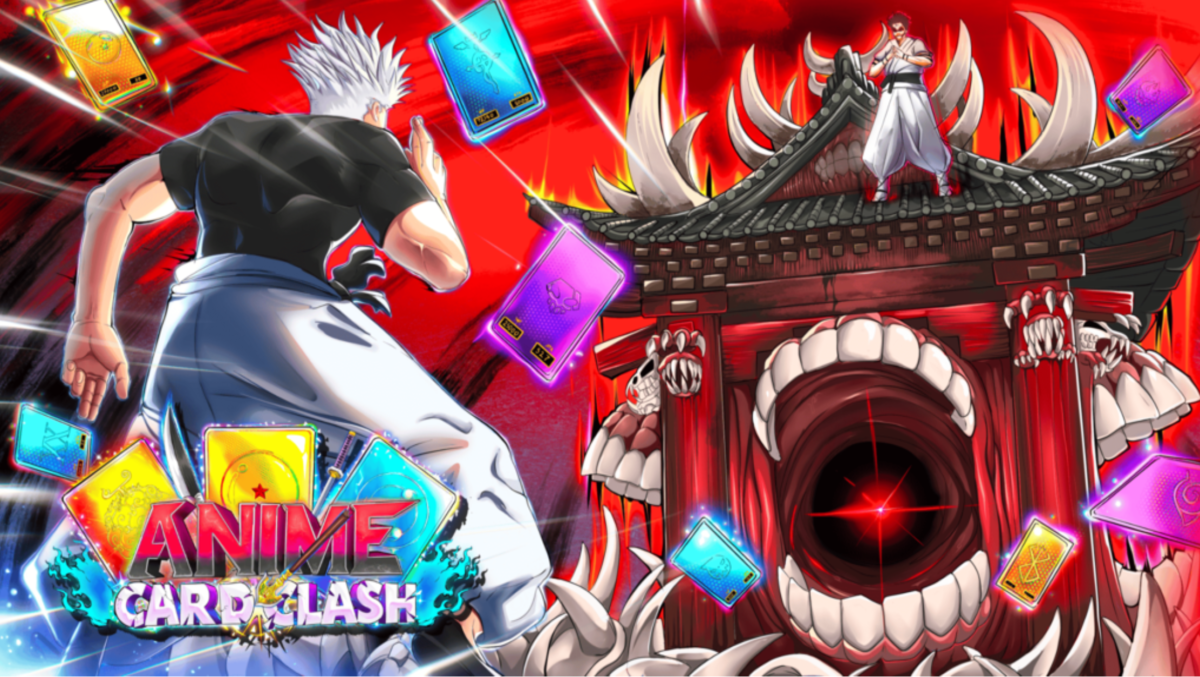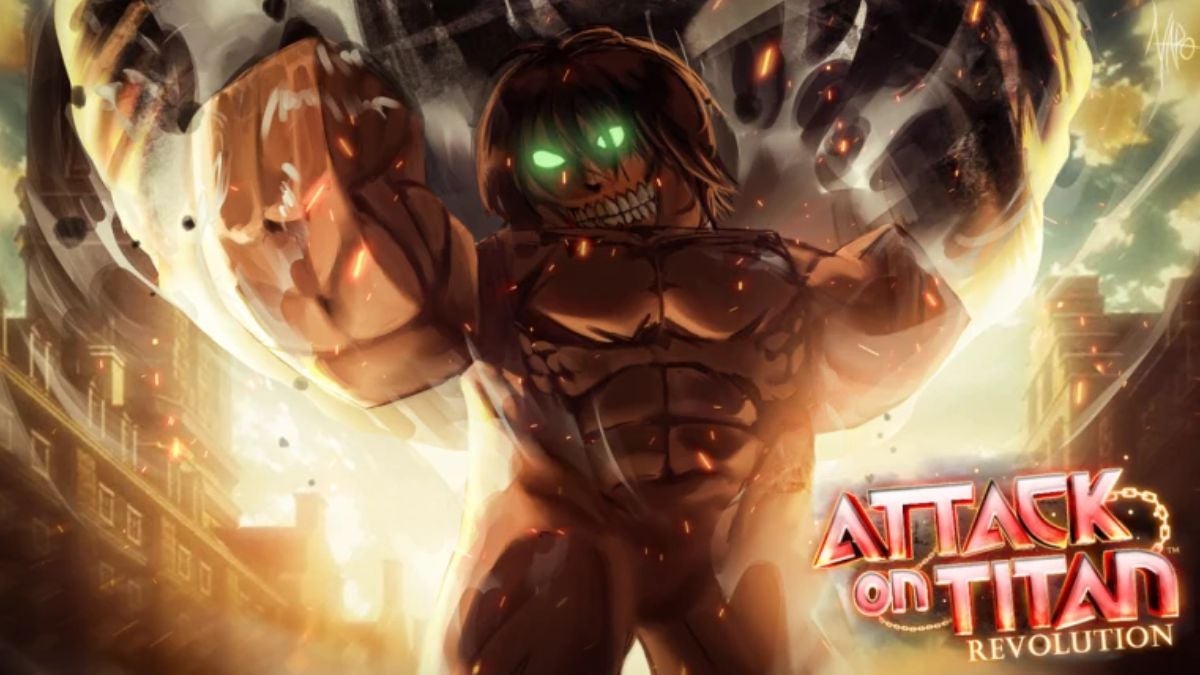
PlayStation is seemingly pulling its one-time poster child, Sackboy, from its marketing materials.
As noted by Realradec, Sackboy was notably absent from the PlayStation Productions banner at the start of the Until Dawn movie, although most of his peers, like Astro Bot, Uncharted‘s Nathan Drake, and Horizon Zero Dawn‘s Aloy, still have a place.
“Can confirm after seeing Until Dawn that Sackboy is not in the PlayStation Productions intro anymore (picture below is the 2023 version from Gran Turismo),” wrote Realradec. “I don’t like this era of Sackboy erasure,” (thanks, PlayStationLifestyle).
Oh yeah I forgot to mention, I can confirm after seeing Until Dawn that Sackboy is not in the PlayStation Productions intro anymore (picture below is the 2023 version from Gran Turismo)
I don’t like this era of Sackboy erasure 😔 https://t.co/2u72IWEbYB pic.twitter.com/quz4gWMAws
— Radec (@realradec) April 28, 2025
Once upon a time, Sackboy was the golden child of PlayStation, becoming a mascot for the PlayStation brand in much the same way Sonic is associated with Sega, and Mario represents all things Nintendo. Now, however, as Sackboy hasn’t starred in a PlayStation game since 2020’s delightful Sackboy: A Big Adventure, it seems he’s being sidelined to make room for more contemporary faces.
“They are removing the Sack, they can’t just put him out on the street like that,” commented one unhappy Twitter user, while another asked: “They took out my boy? But he was just in that Secret Level episode!”
“He is not Sackboy anymore… he is Sadboy now,” teased another.
While others lamented, “why can’t Astro Bot and Sackboy coexist?”, others had a more measured reaction.
“Sackboy being erased from the PS Productions logo does not mean anything, DreamWorks also swaps out characters in their logo montage sometimes,” said another.
22 games are set to be pulled from the PlayStation Plus library next month, including Grand Theft Auto 5, Payday 2: Crimewave Edition, and the last playable versions of first-party titles Resistance: Fall of Man and Resistance 2. As a result, Resistance: Fall of Man and Resistance 2 will now completely disappear for modern consoles.
In better news, PS Plus members can download Ark: Survival Ascended, Balatro, and Warhammer 40,000: Boltgun for free from May 6 to June 2.
Vikki Blake is a reporter, critic, columnist, and consultant. She’s also a Guardian, Spartan, Silent Hillian, Legend, and perpetually High Chaos. Find her at BlueSky.

